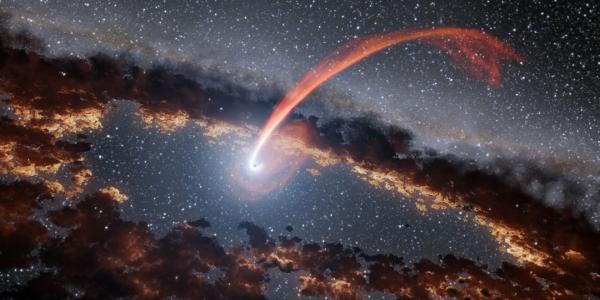Space Sciences/Astrophysics Seminar with Athina Meli on Astrophysical Relativistic Jets and the Role of Toroidal Magnetic Fields
The acceleration of cosmic rays (CRs) is a complex and dynamic phenomenon that plays a crucial role in shaping the high-energy universe. Shock acceleration and magnetic reconnection mechanisms, are thought to be responsible for the acceleration of CRs. Potential accelerators such as relativistic astrophysical jets, are common in systems like Active Galactic Nuclei and potentially Gamma Ray Bursts. Particle-in-Cell (PIC) simulation models have been essential for nearly two decades in studying these exciting jets. These simulation models give us insights about complex plasma interactions, involving twisted magnetic fields, instabilities, turbulence, shocks, particle acceleration, and non-thermal radiation. In this presentation, I will give an overview of CR acceleration mechanisms, and will then focus on PIC simulation studies. I will discuss how the important kinetic instabilities, including the Weibel mushroom, and the kinetic Kelvin-Helmholtz instabilities are triggered with and with out a toroidal magnetic field, impacting particle acceleration. I will present our novel jet-injection method which self-consistently generates electric currents and toroidal magnetic fields at the jet's orifice, and I will show a series of comparative simulation results for unmagnetized e+/- and e-p (mp/me = 1836), and magnetized e+/- and e-ii (mi/me = 4) relativistic jets. Notably, among other findings, we see that during the non-linear stage, the jet's magnetic field which is generated by a variety of plasma instabilities, dissipates and reorganizes into new configurations, which are identified as potential reconnection sites, being responsible for significant electron acceleration.
Sponsored by the McDonnell Center for the Space Sciences.

